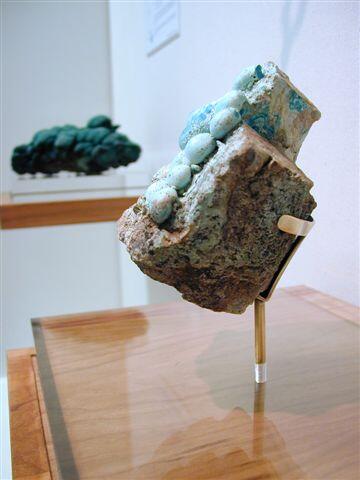Museum Design Displays – Down to a Fine Art
I am sure you have walked around an exhibition or museum admiring the incredible items on display, but your enthusiasm and ability to concentrate quickly fade.
Why is this?
When displaying fine art or objects, it is paramount to follow specific display rules. Failing to do so may result in seemingly minor factors combining to produce a substantial, fatiguing effect on your audience. Museum curators typically adopt one of two distinct approaches to display design. Some prefer to showcase everything in their collection, while others prefer to select only the finest pieces and concentrate on those to aid in interpretation.
Both approaches have their merits, supporters, and strong arguments. However, after working for museums that employ both techniques, I believe that the latter approach is more effective. Displaying fine art or objects with generous amounts of space and varying the presentation can increase their visual importance and reduce the overload effect on visitors. This approach allows for a more in-depth interpretation of the selected pieces and fosters a deeper appreciation of the artwork or objects on display. By contrast, displaying everything in a collection can dilute the impact of individual pieces and overwhelm visitors with too much information.
To optimise visitor flow and prevent bottlenecks within galleries, museums can benefit from a strategic redesign of their interior layout. This approach can reduce physical exertion and minimise stress and fatigue for visitors as they navigate through the often extensive gallery spaces. Additionally, the implementation of clear and visually appealing interpretation and labelling is critical for a positive visitor experience. These elements should be presented in a format that is efficiently digestible and visitor-friendly, ultimately facilitating the retention of helpful information.
While there are no hard and fast rules for designing a museum display, a curated selection of only the most exceptional pieces can significantly enhance the impact and memorability of the visitor experience. By thoughtfully selecting and showcasing the finest pieces available, I think, museums can create a lasting impression. This is just one of the ways to create a special experience for visitors, you can read our museum article on the top 25 tips to consider when designing a museum if you would like explore more of the museum design realm.
Would you prefer to read a glossy magazine or a black-and-white text about the same subject?
Our designers have written other blogs about the importance of good lighting and how it transforms interiors, immersive exhibit spaces, and the physical world where we work, rest, and play.
The significance of this cannot be overestimated. The reality is that lighting will probably have the most prominent effect on the visitors’ well-being, cognitive powers, enjoyment, and recovery from sensory overload.
We could mention numerous other areas. Nonetheless, We are positive you get a general idea. It is an amalgamation of factors that produce fatigue. Moreover, this will leave you saying, “I am ready to go!” rather than “I had a great time!” or … even better,
“When can we go again?”
Which would you prefer?

